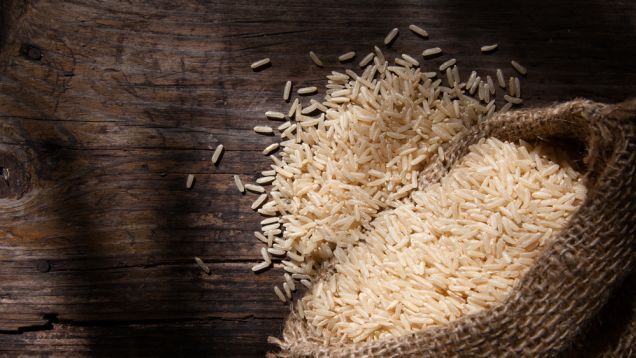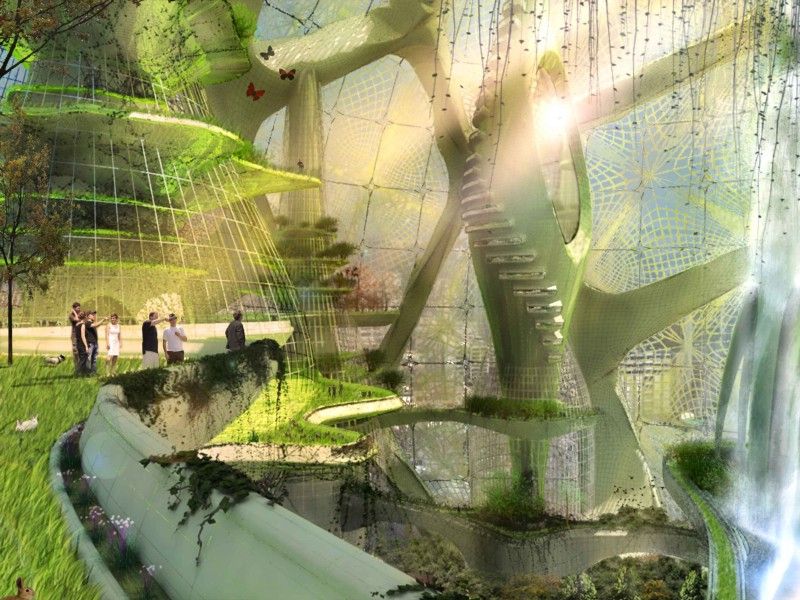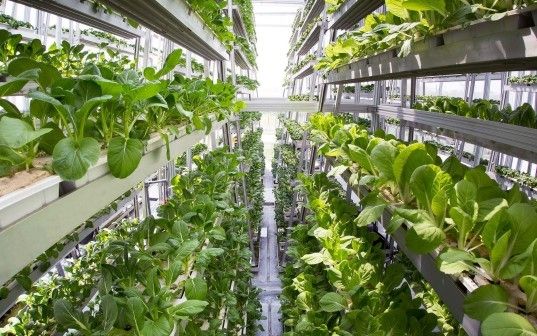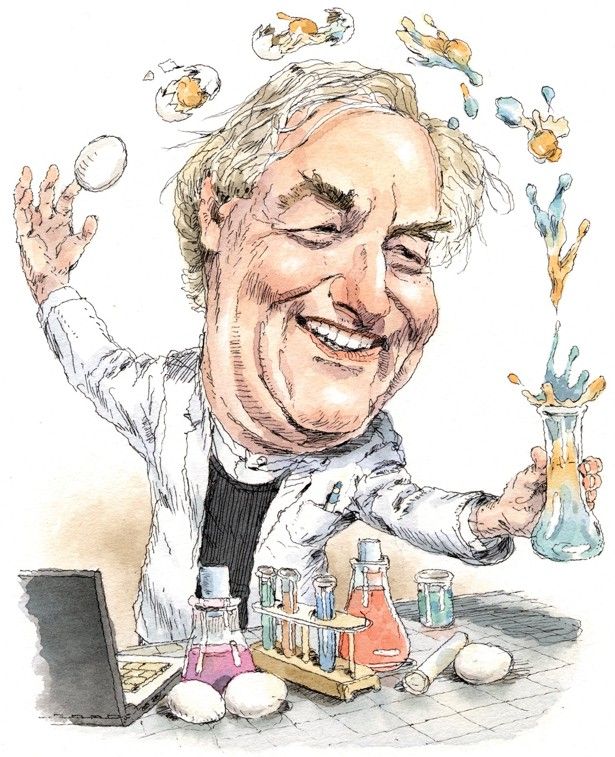Sep 19, 2015
This Is How Much Food It Would Take to End World Hunger
Posted by Sean Brazell in categories: food, security
There are over 500 million hungry people in the world—but that number only tells part of the story. The other part of it is the amount of the actual food shortfall. So how much food would we need to make up the gap? There’s now an exact number.
The latest International Food Security report is out, and the good news is that global food insecurity has been falling—and it’s projected to keep on doing that over the next 10 years. The bad news? It’s not falling everywhere. Sub-Saharan Africa is especially being shut out of these gains.
But how much food would it take to close the gap for every food insecure person on the planet to have access to 2,100 calories a day? The USDA has calculated a figure: 11.8 million tons of grain.


















